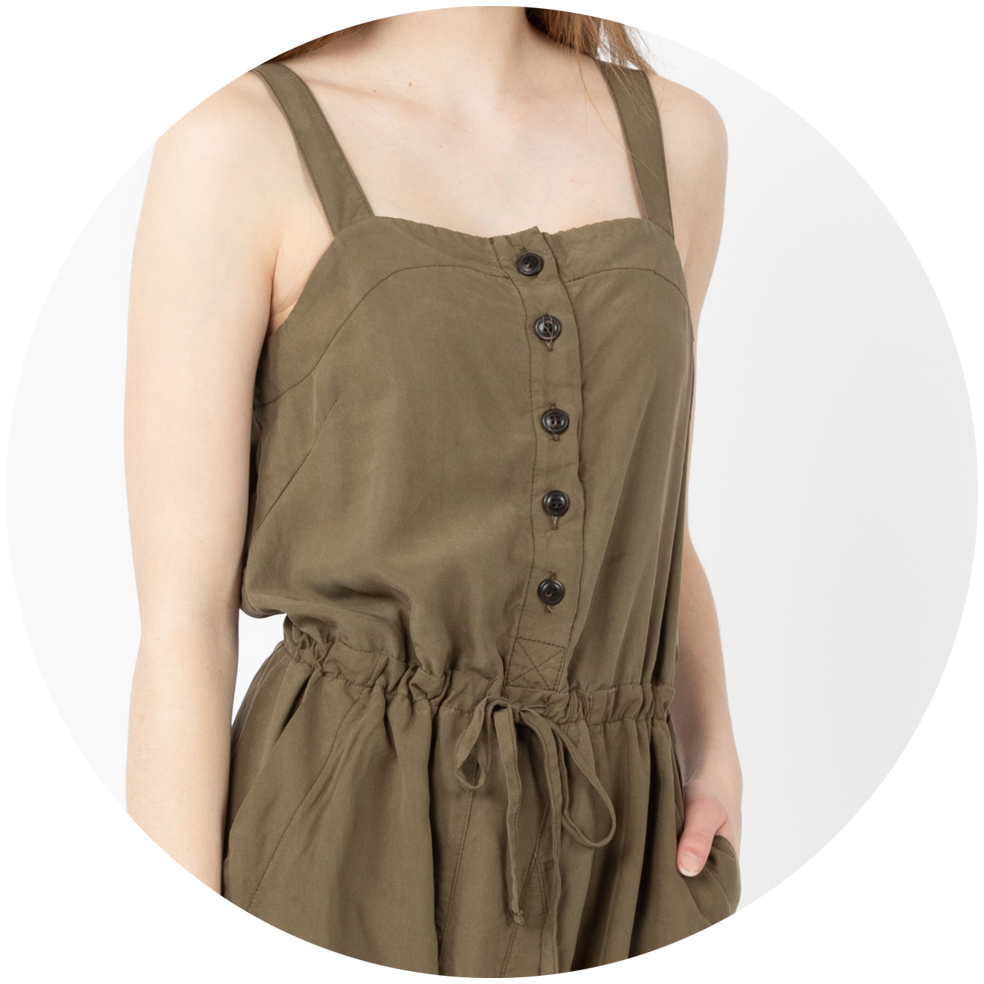Textiles are the foundation of any garment. Fiber composition represents the fundamental integration of a sustainable ethos into clothing.
Beginning with our launch 2005 we have incorporated fibers made of Hemp and Organic Cotton in every collection.
We also routinely use recycled and sustainable fibers such as REPREVE and TENCEL® in our garments. Often those are combined with Hemp or Organic Cotton. By utilizing these fibers in our textiles, the use of toxins and pesticides are reduced, water and energy are used in more economical ways, and the impact on humans and the environment is significantly less than with conventional fabrics.
Read more about our efforts in sustainability, manufacturing, dyeing process, and relations here.
Our Fabrics
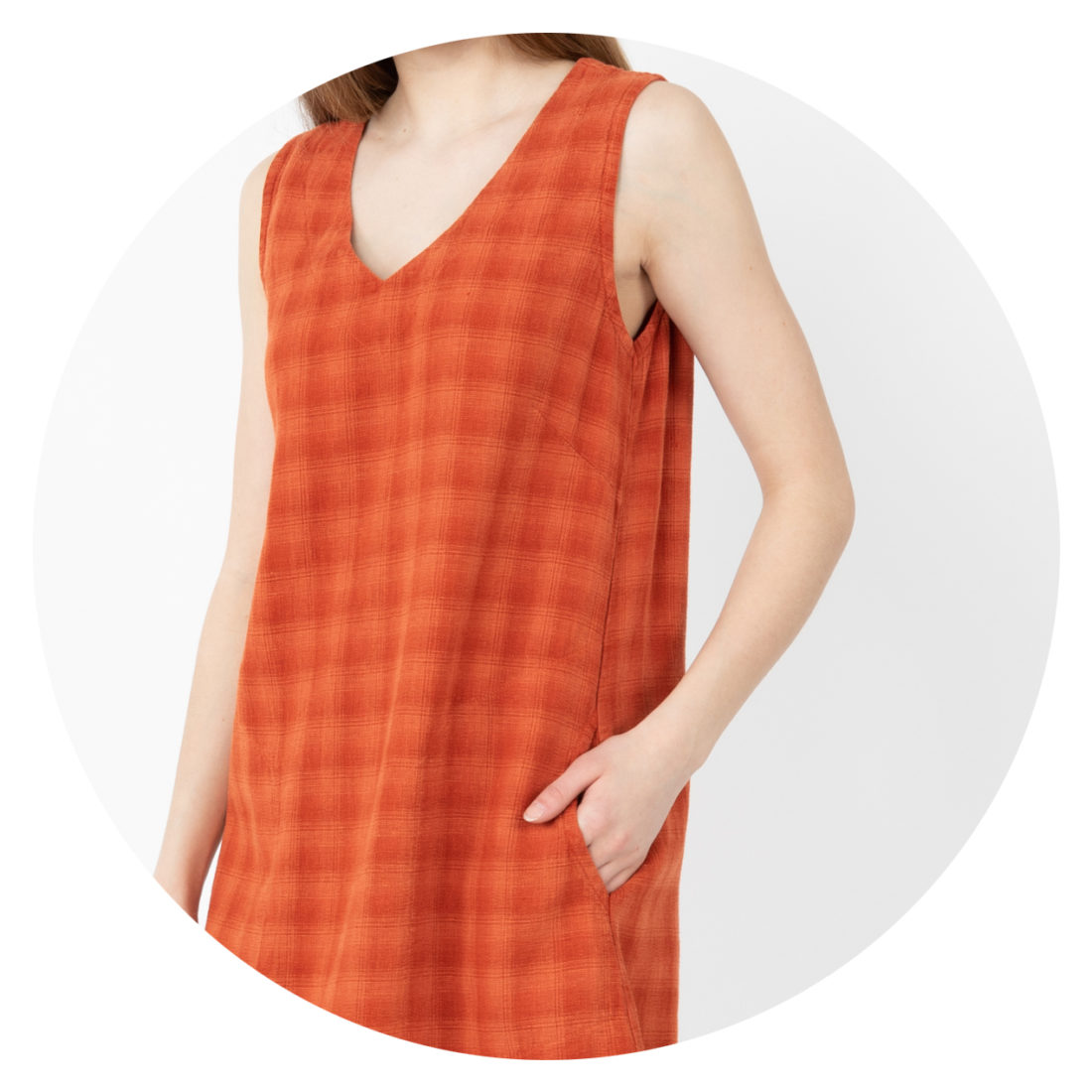
HEMP
As one of the oldest sources of textile fibers, hemp has many advantages over traditional fibers used in contemporary clothing manufacturing. It is a quick-growing, renewable crop and is able to be cultivated in as little as 100 days.
Hemp is naturally resistant to most pests and grows tightly, reducing the need for pesticides and herbicides. The cultivation of hemp requires significantly less water than other common textile fibers such as organic cotton. Due to domestic regulation, there is currently no industrial commercial hemp production in the United States, requiring it to be imported. Several states have introduced legislation to allow domestic production and we strongly support those efforts.
Hemp is incredibly durable and has a tensile strength greater than that of cotton. It’s rustic and soft at the same time and considered to be hypoallergenic and UV resistant.
Sources:
ORGANIC COTTON
Conventional (non-organic) cotton is one of the leading textile fibers in the clothing industry. Nearly half of the fibers used to make textiles worldwide come from conventional cotton. Although it is a reliable crop that yields a durable, soft fiber, conventional cotton is not sustainable. It accounts for 2.5% of land worldwide, but is responsible for 10% of pesticides and 22% of insecticides used globally.
Organic cotton cultivation yields textile fibers without relying on ecologically damaging toxins, while employing sustainable farming practices to continuously enrich soil fertility and biodiversity. In addition, organic cotton agriculture exhibits a better immunity to severe climate conditions and sustains up to 30%-50% more moisture than conventional cotton, requiring less irrigation to grow.
Organic farming’s reliance on more natural practices makes supply unpredictable. The result is that organic cotton is more expensive than conventional cotton fibers to produce and manufacture. Understanding these difficulties, we remain committed to cotton and seek to offer options that pose the least damage to the environment. As a company we are committed to balancing ecological concerns with accessible price points while always offering organic options.
Sources:
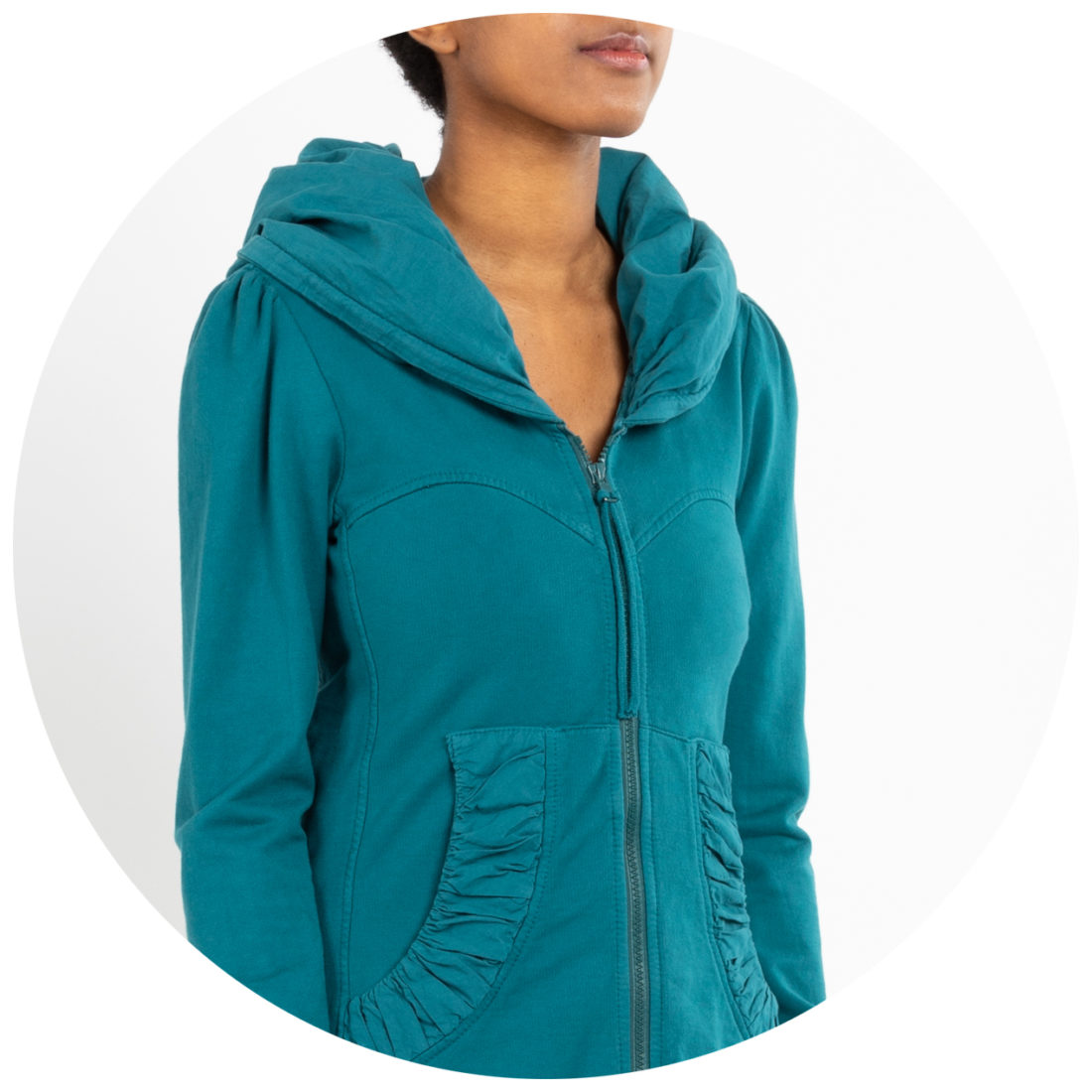
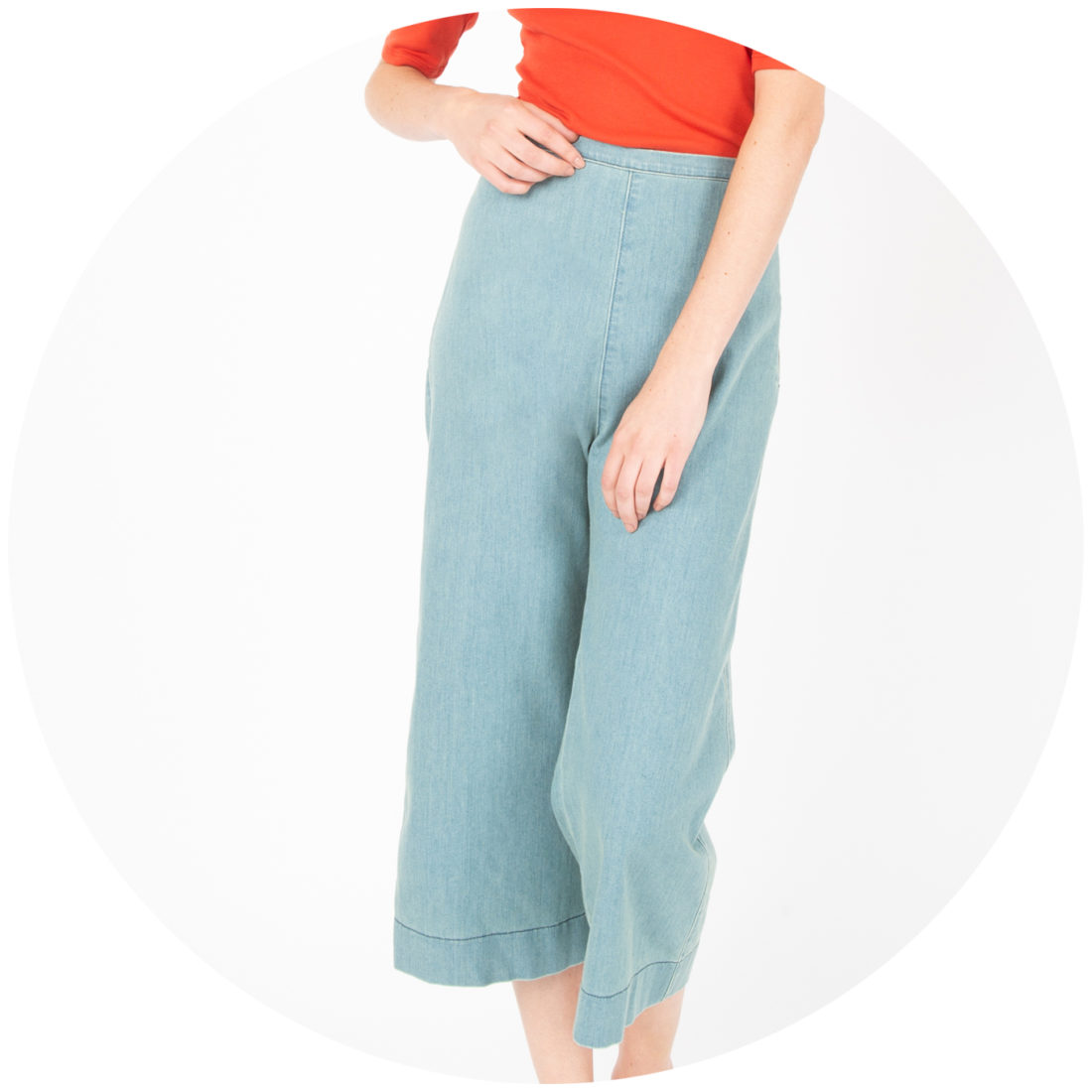
BCI
The Better Cotton Initiative (BCI) is the largest cotton sustainability program in the world. They include organizations all the way from farms to fashion and textile brands, and civil society organizations – driving the cotton sector towards sustainability.
Licensed BCI Farmers produce cotton in a way that cares for the environment, minimizing the negative effects of fertilizers and pesticides, and caring for water, soil health and natural habitats. BCI Farmers also commit to decent work principles – conditions that support workers’ safety and wellbeing.
In the 2016-17 cotton season, they and their partners provided training on more sustainable agricultural practices to 1.6 million farmers in 21 countries – of those farmers, 1.3 million are licensed BCI Farmers
The Better Cotton Principles and Criteria lay out the global definition of Better Cotton, by upholding the following seven principles:
- BCI Farmers minimize the harmful impact of crop protection practices
- BCI Farmers promote water stewardship
- BCI Farmers care for the health of the soil
- BCI Farmers enhance biodiversity and use land responsibly
- BCI Farmers care for and preserve fiber quality
- BCI Farmers promote decent work
- BCI Farmers operate an effective management system
DEADSTOCK
Sustainability remains a pivotal feature of our textile sourcing and design practice. We commonly used first quality factory remnants of conventional textiles from other companies in an effort to reduce waste while not expending additional resources for our textiles. In this way we are able to work with phenomenal textiles suitable to our smaller scale of production that require almost no additional resources to manufacture. We feel this is some of our most sustainable acts as manufacturers.
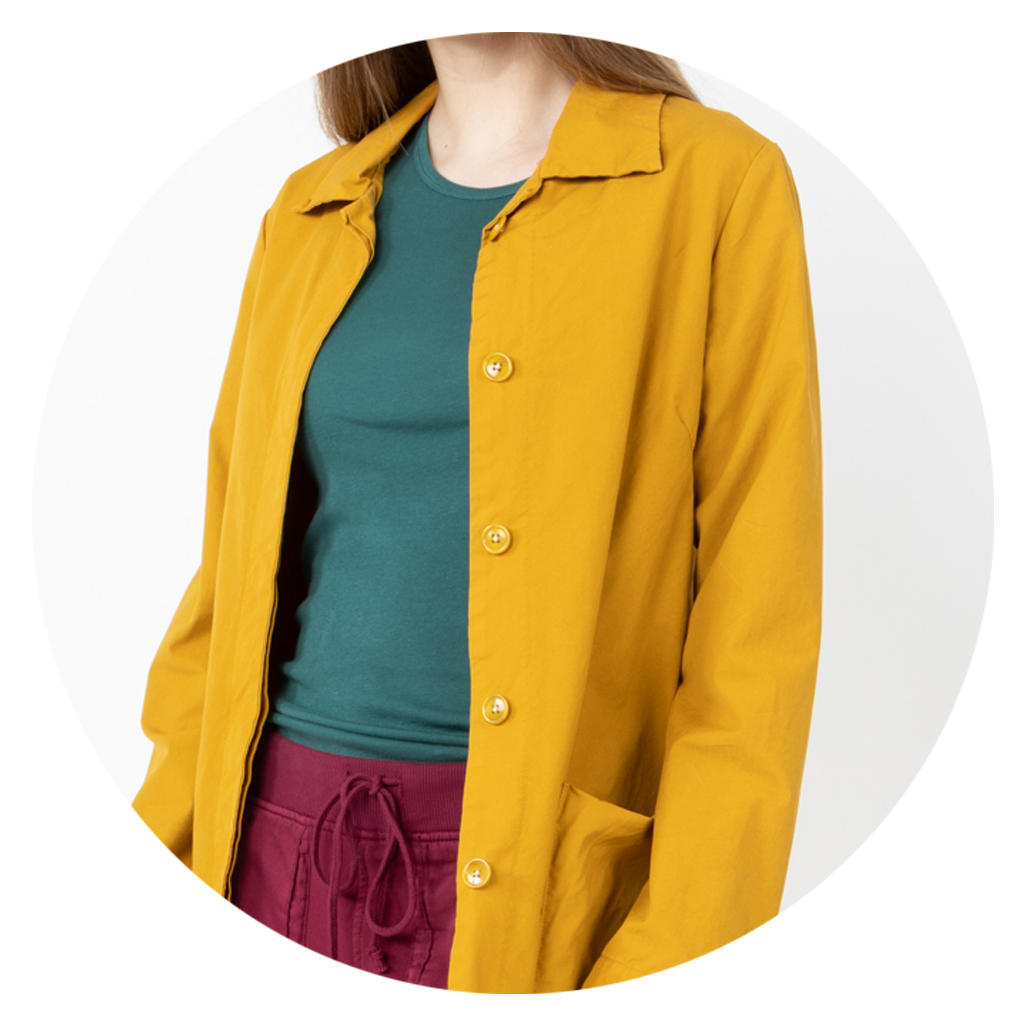
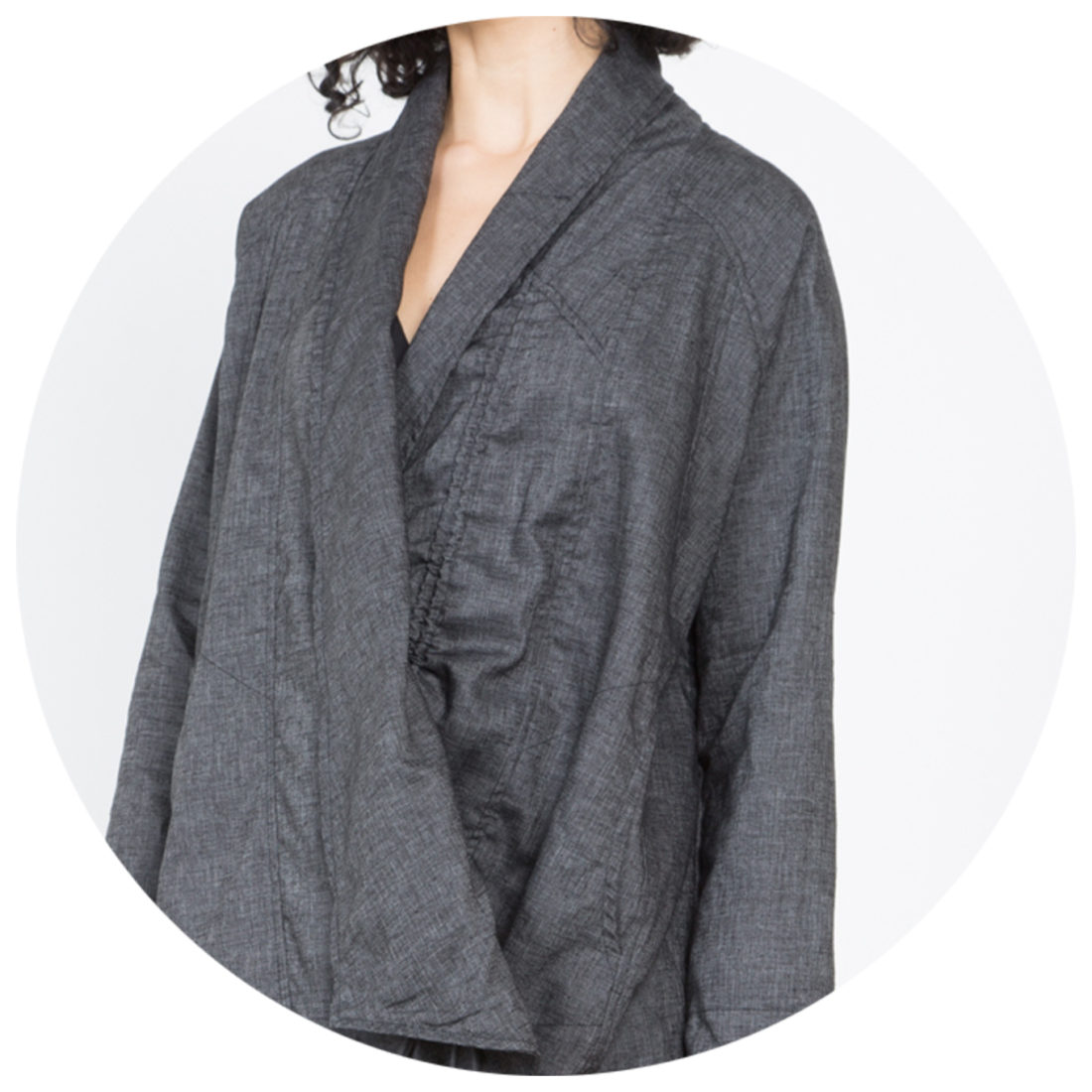
REPREVE
REPREVE is a brand of recycled fiber that is produced from salvaged, post-consumer materials such as recycled plastic bottles. The goal is to offset the necessity to produce new synthetic materials, such as polyester or nylon, and thereby conserve petroleum-based resources. REPREVE is currently evaluated to conserve approximately 6 million gallons of gasoline on average per year. For every yard of REPREVE used instead of a more conventional, non-recycled synthetic textile, forty fewer pounds of greenhouse gas emissions are released into the atmosphere. Since 2010, Unifi, the manufacturer of REPREVE, has taken shards of clean, recycled polyethylene terephthalate (PET)—the material from which plastic bottles are made—and melted them into a yarn. More recently, Unifi has also begun to utilize post-industrial scraps, including leftover REPRE-VE, rescued and recycled from factory room floors.
Sources:
TENCEL®
TENCEL is a proprietary plant-based fiber harvested from wood pulp in Forest Steward-ship Council-certified forests and processed through a closed-loop system that recycles 99% of the solvent used to treat the fiber. TENCEL fibers are 100% biodegradable and are able to decompose within eight days if given the right environmental conditions. In addition, TENCEL has a soft, luxurious feel that can translate into beautiful, wearable garments. The downside of this textile, however, is that it does not dye very easily and has a tendency to fibrillate when wet.
Sources:
